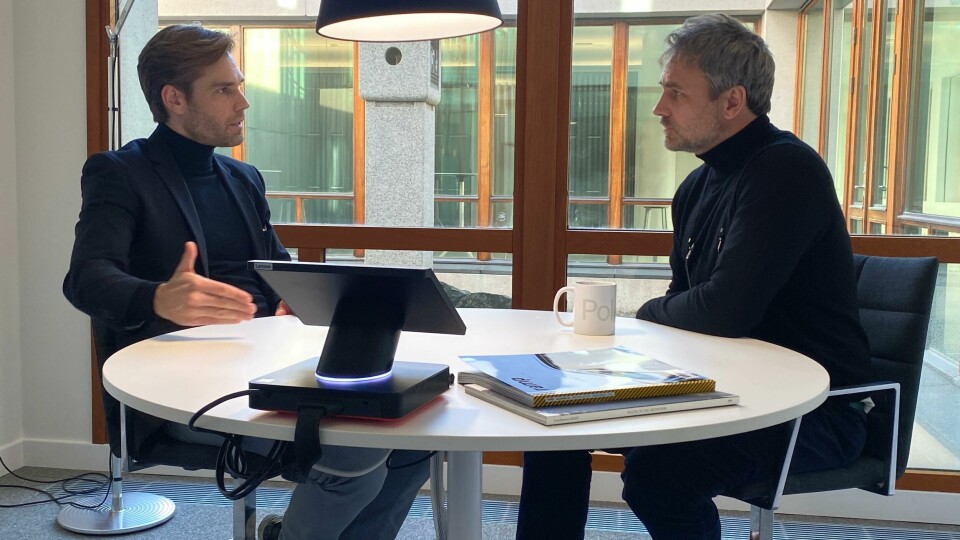
Exclusive interview: Polestar design director Maximilian Missoni
Car Design News paid a visit to Gothenburg to speak with Polestar’s design director Maximilian Missoni about his interest in the Venice Biennale, his admiration for the courage of artists, his take on AI design and why he is not a fan of side projects
Polestar is on a roll at the moment. Fresh off the back of the brand’s triumph at the CDN People awards, which saw the brand scoop the exterior design team and concept car of the year, the Scandinavian brand has settled into its new headquarters – the former home of Volvo on the outskirts of Gothenburg. Design director Maximilian Missoni is the man charged with taking the design-led OEM into the future. Car Design News spoke to him about his creative inspiration.
Car Design News: Where do you look for inspiration?
Maximilian Missoni: I’m definitely influenced by my upbringing in a family of architects. As far back as I remember, we discussed architecture in the family. And we also had this wonderful tradition that we went to every Venice Biennale: the Art Biennale every second year, then to the Architecture Biennale. The art one was always more inspiring for me, in spite of the fact that it was more abstract. The idea of complete exposure of emotions was very, very powerful. I try to keep that tradition nowadays, but I’ve added a new one, which is whenever I do a business trip or even a holiday, it doesn’t matter, to a country, to a city, I try to spend an hour or two in a contemporary art gallery. The beauty of Venice is that you just need to be at this one spot to be immersed into the world’s art scene – national curators finding the gems of that specific country, and then compressing them all into the Giardini.
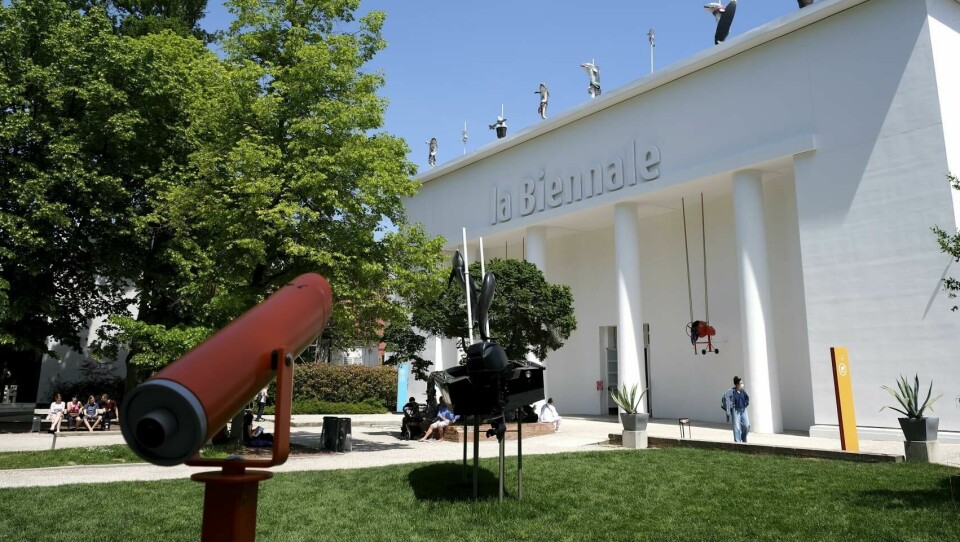
CDN: Is abstraction something that interests you?
MM: Absolutely, both in the graphical and applied arts way of abstraction. It’s also the idea that in art, and especially in fine art, there won’t ever be a right or wrong. It doesn’t matter. And it’s a bit related to how we work in design, especially when you want to innovate.
I sometimes envy artists in that they are able to work with a complete array of emotions
At first, people won’t follow you. You have an idea and they say, “Come on. Forget about it. It’s never been done, it’s not going to work. Why should we do this? Who cares?” Especially when you’re working for a brand where it’s so much about attention to detail. There is a lot of negativity in the beginning, because going into uncharted territory means more work for everybody involved. And going through this process of believing in something but not knowing for sure if it’s going to fly in the end – the more you go through this process, the more you source from your own experience.
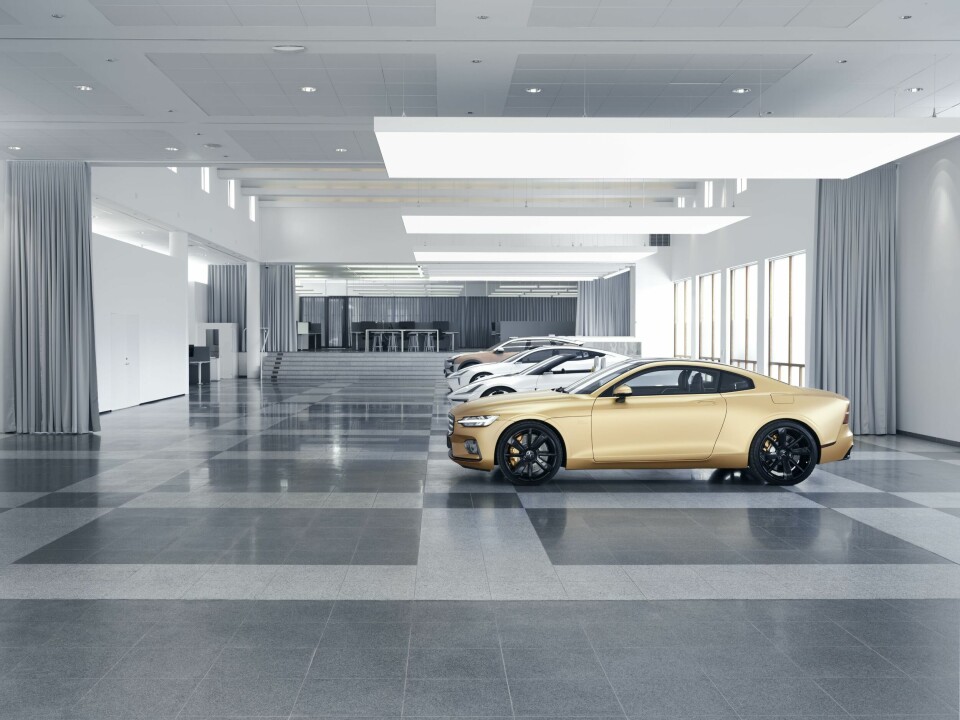
And I’m less and less scared nowadays that an idea won’t fly. And that’s what I admire so much in fine art, that they sometimes also spend lots of money and effort and time, a lifetime, into an idea that nobody has ever asked for. It’s their conviction. This is important for the world. And then they do it, and then it ends up as a massive installation somewhere in Venice.
That’s one thing. But there’s another thing that I think is so fascinating about art, and that’s why it feels like a holiday to me almost, is because, as a creative person, you do realise in our industry that the spectrum of emotions that you are allowed to tap into as a car designer is relatively slim. They’re cars, they’re dangerous objects for yourself, for other people. So what you should communicate is safety, beauty, elegance, happiness, fun – all positive experiences. And fine art opens up this 360 degree of emotions. You can talk about decay, depression, sadness, conflict, and even worse than that. You can go all in.
If you imagine, if you’re convinced, “I need to talk about death. And I want to do this on a grand scale.” The courage that it takes to speak and work with all these emotions is admirable. I sometimes envy artists in that they are able to work with a complete array of emotions.
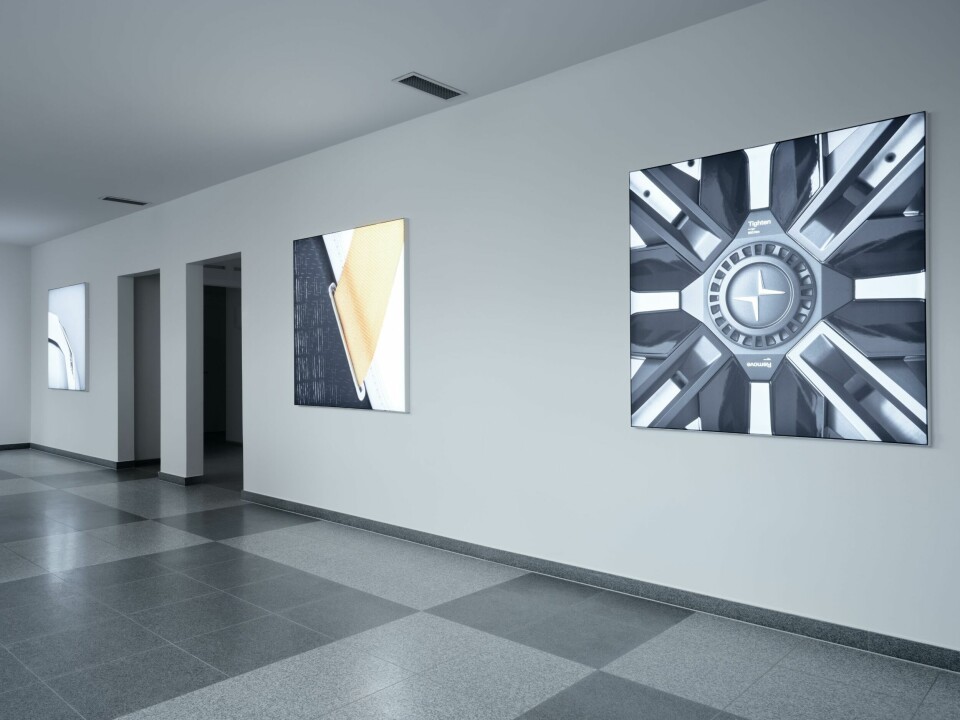
CDN: Do you paint or do you draw yourself? Do you ever get your work out there in a different way, Max?
MM: I draw, of course, in my books, in my notebooks, but there are three reasons why I don’t draw too much. One is, I’m too busy to do fine art at home because I work a lot and I love it, so it’s fine. I don’t miss it.
The second reason is, since I know so much about art, I know how much it takes to do real art, and anything I could do is like a pale representation of craftsmanship that I show people, “Look, I can paint.” To really produce art, the kind of concept you need, the courage you need, the attitude, it’s a full-time job if you want to be an artist. That’s another reason why I’m not a big fan of the little side projects.
And the third reason is that, I’m very much aware that, in order to work in a good, well-functioning design team, the more I start creating my own concrete ideas of how the final result should be, and I know that designers and design directors do that, the more it discourages the team from being creative themselves. So I’m more, in that sense, I would say, the verbal type.
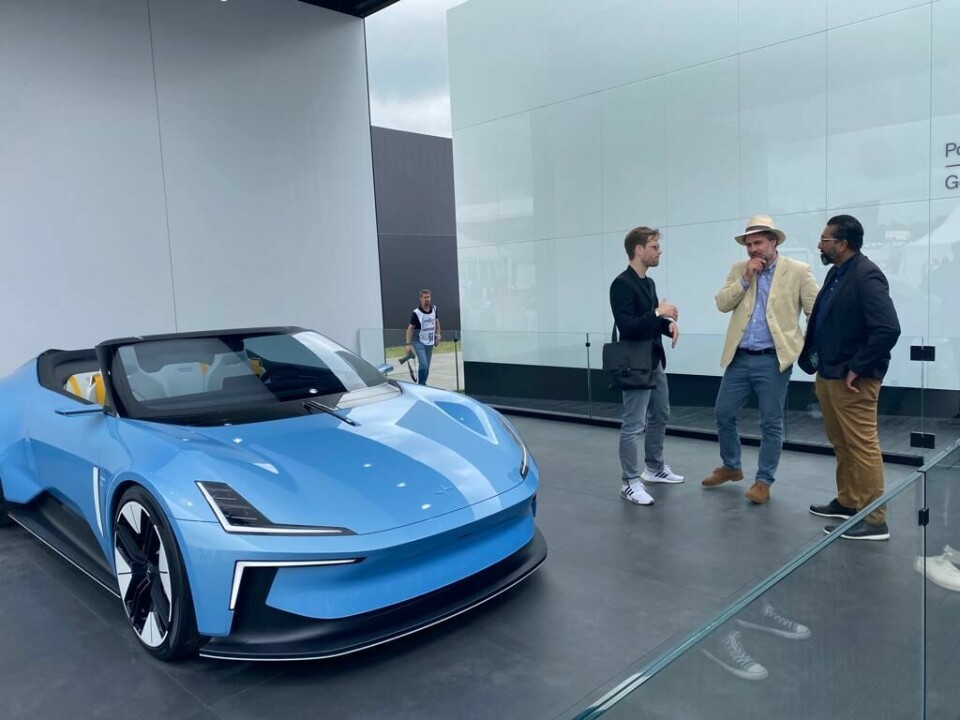
I’m very precise with my words, and I’m trying to paint a picture with words. And then, I sketch for my own sake, to understand what I want, but then I’m holding back and communicating with words and giving the team a chance to interpret it, run it through their individual system, because they’re all really strong characters. And that’s what I make sure from the start, that our team consists of strong creative individuals that should be able to shine through.
CDN: And is the hope in doing that, you have a vision, but the vision may change or evolve, or the team may surprise you in some way?
MM: The best moments in my job are when I have an idea, a vision, and I communicate it and feed it into the system here in the studio and the team, and they come back with a result that is much better than what I had in mind. This is a true reward, especially when you’ve been the one to hire the team and to select them individually, because you see a certain spark and a certain genius. And that’s a super great feeling.
In the beginning of my career, I was fascinated by the idea of having to see the object moving to understand how to perfect it, to make it great.
CDN: Was there an expectation that you may become an architect rather than a car designer?
MM: Oh, yes, totally. But my father was relatively relaxed. He wasn’t like, “I expect you to take over the firm,” even though that would’ve been the obvious thing to do. But I think he saw it quite early, and I dabbled in boat design when I was a kid. Moving objects always fascinated me. Boats were so fascinating because the yachts of today are so large they are like an aerodynamic and hydrodynamic building. But I didn’t follow through with that, and I started to become interested in car design, and did a couple of very early internships during which time I went on a trip to visit the Italian car design houses like Pininfarina, Bertone I.D.E.A. Institute at the time. And I just tagged along as a 16-year-old kid. From that moment, I was sold.
CDN: I think when you look back at some of the great art movements, if you can decouple the futurism from its political context for example, those artists were astonished at the idea of this velocity and speed and movement. Is there something there that speaks to you?
MM: I think that era was pretty much at the same time as the emergence of film. So they saw that and realised, “How can we capture that in our work?” And I think, in the beginning of my career, I was more fascinated by the idea of, “I have to see the object moving to understand how to perfect it, to make it great.” I think that has faded a little bit, because with more experience and more routine, you understand how things are going to be perceived.
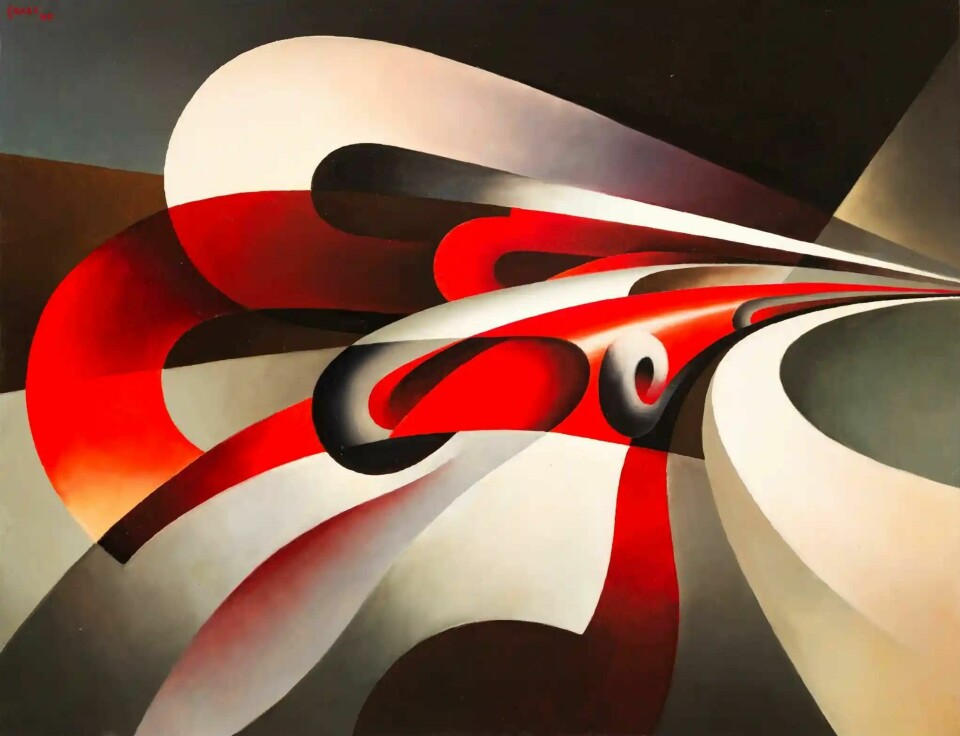
And what this has shifted to recently is my little obsession with character because the idea that we’ve been given a complete toolkit of elements that make a car a creature, or a being, the lamps have to be in a certain distance to the outside of the body, which then look a bit like eyes.
We, humans, being trained to see faces and seeing potential fight or flight response in everything, we see a creature immediately. And designers got really, really good at exploiting that fact. And it got so far that you see all these overly aggressive and sometimes ridiculous expressions of emotions in vehicles.
CDN: What are your thoughts on the advent of artificial intelligence in design?
MM: Honestly, at the moment, we are just observing. “Where is this going? How will it change the perception of artistry? How will it influence the motivation of designers as well?” Because I think for some, especially the visual artists, it was a little bit of a blow recently that if you can write well and if you can describe what you want really well, so if you’re a good writer, you are also suddenly a good painter. And that’s where AI is getting very good.
We have to see how that is going to change the customer’s behaviour, their expectations. But I think, as it was with art and photography, it will become so commonplace that it will be easier and easier to recognise – this is something that is off the shelf, it’s probably been produced by an AI, and maybe we’re going to focus more on the ideas behind it, not the recombination of elements. Because that’s what AI basically is, it’s skimming the net to recombine existing elements. And then, it will probably raise the value of true innovation.
CDN: Your hopes for the future, in the short to medium term?
MM: Well, you can never relax, but all the departments have their heads, and everybody is starting to absorb the Polestar style and how we work and how we think. It’s a good period for me, I think.
